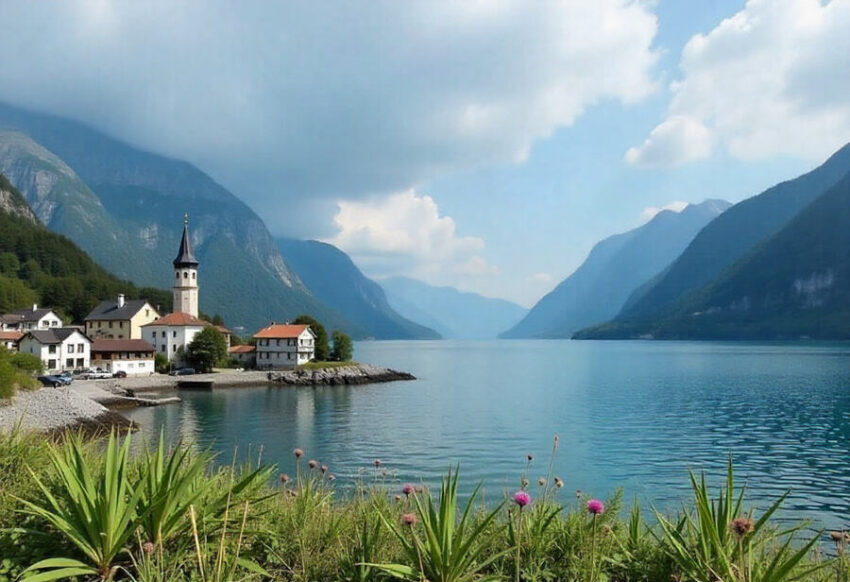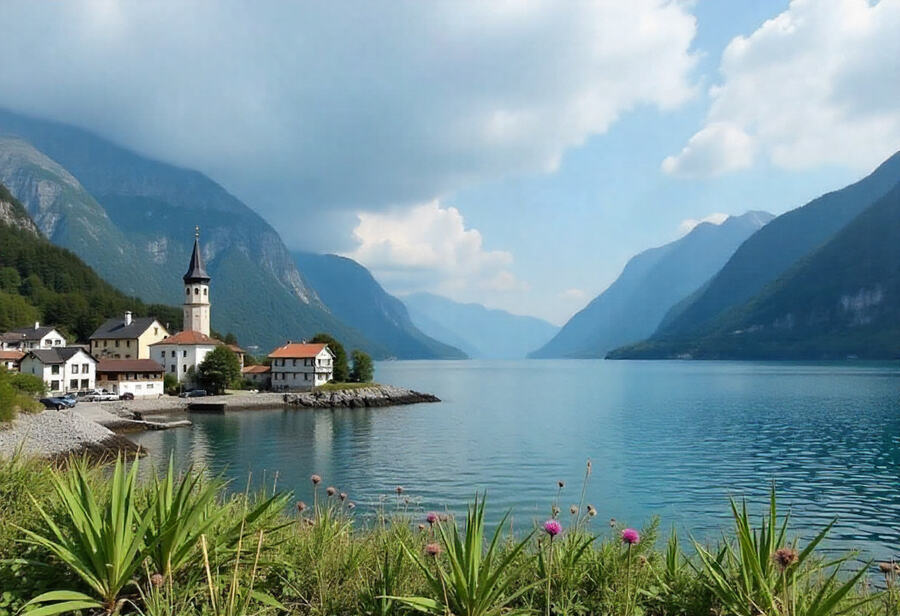Published on
November 9, 2025

Norway is set to join Greece, Italy, Spain, Thailand, and Japan in introducing new tourist taxes in 2026, a move aimed at funding sustainable tourism initiatives and preserving some of the world’s most popular destinations. As tourism continues to grow globally, these countries are implementing taxes to manage over-tourism, support local infrastructure, and ensure the long-term sustainability of key tourist sites. By introducing these levies, the countries are addressing the strain on resources, enhancing visitor experiences, and ensuring that tourism benefits both travelers and local communities. This collective effort is part of a global shift toward responsible tourism, where the goal is to balance the needs of visitors with the preservation of cultural and natural heritage.
As we approach 2026, many popular travel destinations are implementing new tourist taxes designed to address the pressures of over-tourism and improve local infrastructure. These measures will help fund vital services, ensuring that tourism remains sustainable and that destinations can preserve their natural and cultural heritage while accommodating growing visitor numbers.
Thailand: Introduction of Entry Fee for International Visitors
Thailand is set to introduce a 300-baht entry fee starting in February 2026 for all foreign visitors arriving by air, land, or sea. This new fee, called ‘Kha Yeap Pan Din,’ will see 70 baht allocated for travel insurance, while the remainder will be used to enhance infrastructure and support emergency services. The fee will be collected by airlines and border authorities, with certain exemptions likely for those holding work visas or frequent travelers. This initiative aims to balance tourism growth with sustainable practices that benefit both visitors and local communities.
Japan: Kyoto’s Hotel Tax and Mount Fuji Entry Fee
Japan is expanding its efforts to manage tourism with a new tiered hotel tax that will be introduced in Kyoto from March 2026. Rates will vary depending on accommodation type, with budget stays charged ¥200 per night and luxury hotels up to ¥10,000 per night. The government expects this tax to generate ¥12.6 billion annually, which will be directed towards improving transportation systems and crowd management measures. In addition, visitors wishing to climb Mount Fuji will now face a ¥4,000 entry fee, with a limit of 4,000 climbers per day to ensure safety and reduce congestion on the mountain.
Norway: New National Tourist Tax
Norway is preparing to introduce its first national tourist tax by summer 2026. Municipalities in popular tourist destinations such as Bergen, Tromsø, and Geiranger will be allowed to impose up to a 3% levy on overnight stays and cruise visits. The revenue generated will help maintain infrastructure like trails, parking areas, and public toilets in the country’s stunning fjord and Arctic regions. By spreading the costs of maintaining these iconic sites, Norway hopes to ensure that they remain accessible and preserved for future generations, while reducing the environmental impact of mass tourism.
Greece: Cruise Passenger Fees at Popular Ports
To address the strain on its busiest islands, Greece has introduced a new disembarkation fee for cruise passengers. Santorini and Mykonos will charge €12 per passenger, while smaller islands will charge €3 during off-peak months. These fees will rise to €20 and €5, respectively, during the peak season. The revenue will be used to maintain port facilities, manage waste, and address crowding. These measures come in response to an increasing number of cruise arrivals, aiming to protect the local environment while enhancing the tourist experience.
Venice, Italy: Day-Visitor Fee Reintroduced
Venice has reintroduced its day-visitor fee in an effort to regulate the number of short-term visitors flooding the city. The €5 levy applies during high-traffic days between April and July, with the price increasing to €10 for last-minute bookings made within three days of arrival. In its first year, the initiative generated €2.4 million and is seen as a way to control the growing influx of tourists and protect the city’s fragile infrastructure and heritage. The fee is part of ongoing efforts to ensure that Venice can continue to thrive as a tourist destination while balancing the needs of its residents.
Spain: Expanded Regional Tourism Taxes
Spain is also expanding its tourism tax system, particularly in areas like Catalonia and the Balearic Islands. In Barcelona, visitors will pay €4 per night, which is expected to rise to €5 by 2026 and €8 by 2029. Other regions, including Galicia and the Basque Country, are introducing similar taxes for both accommodations and cruise stops. The funds generated will go toward heritage preservation, environmental sustainability, and tourism management efforts. By ensuring that tourism contributes to the upkeep of these regions, Spain aims to protect its cultural landmarks and maintain its natural beauty for future generations.
Towards a More Sustainable Future for Tourism
These new tourist taxes represent a significant shift towards responsible tourism on a global scale. While they will likely increase the cost of travel for some, they are essential for preserving popular destinations and ensuring that tourism continues to benefit both locals and visitors alike. By funding improvements to infrastructure, waste management, and environmental initiatives, these measures will help mitigate the negative impacts of over-tourism, ensuring that the tourism industry remains sustainable.
Norway will join Greece, Italy, Spain, Thailand, and Japan in introducing new tourist taxes in 2026 to support sustainable tourism and preserve popular destinations by managing over-tourism and funding local infrastructure.
As 2026 approaches, these types of taxes are expected to spread to other destinations around the world. While they may add some cost for travelers, they offer a practical way forward, helping destinations manage their growth responsibly. Ultimately, these taxes will support a more balanced, sustainable approach to tourism, benefiting both the destinations that tourists flock to and the communities that depend on them.

